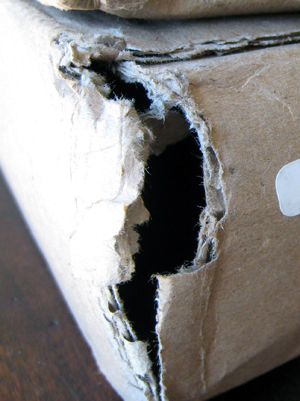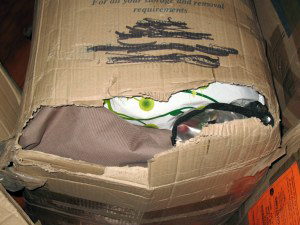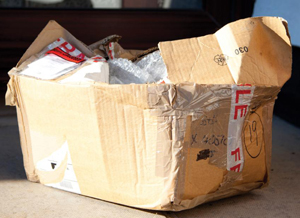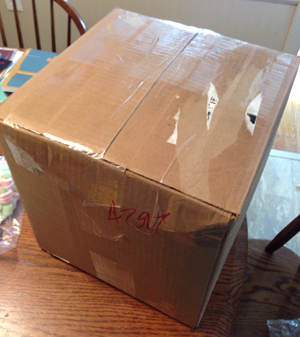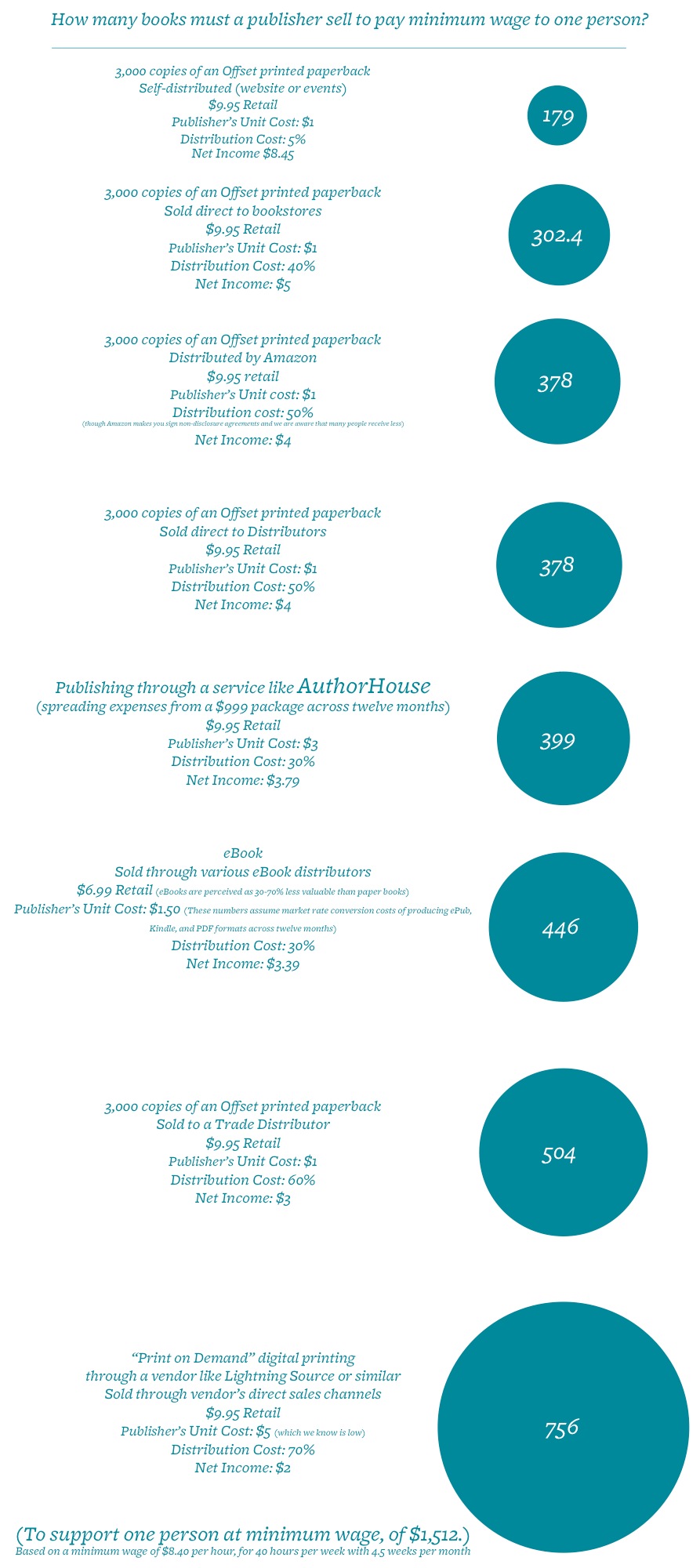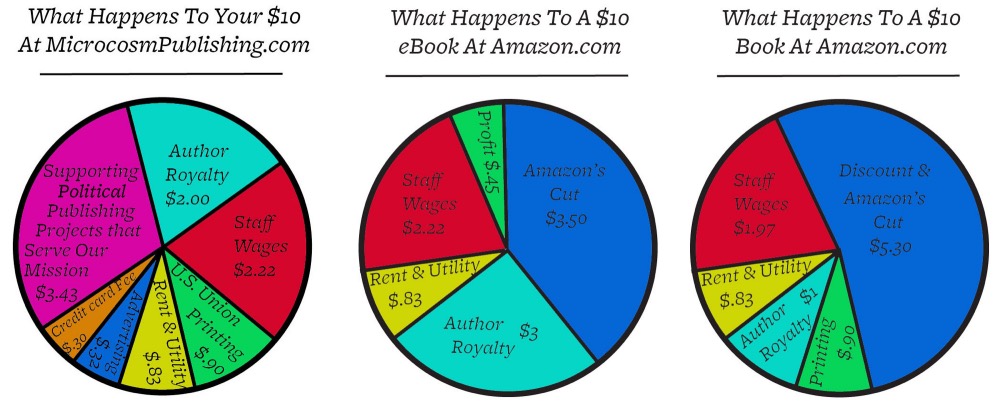Indie Bookstore Love: Main Street Books in Minot, North Dakota
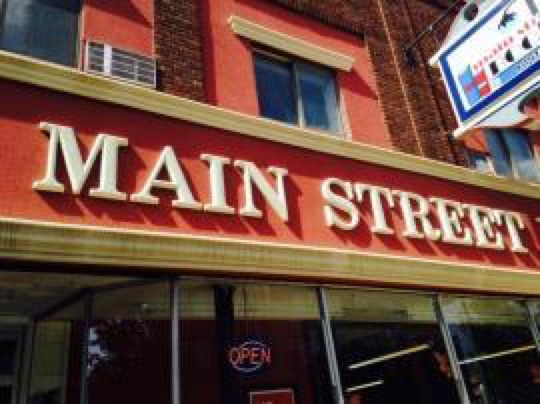 For Microcosm’s 20th Anniversary (it’s February 12th!) we decided to turn the whole year into a party celebrating the survival of indie books! Part of that is singing the praises of independent bookstores, keeping the world bookier and better for everyone. To that end, we’ll be shining our nerdy spotlight every month this year on a different indie bookstore that we love.
For Microcosm’s 20th Anniversary (it’s February 12th!) we decided to turn the whole year into a party celebrating the survival of indie books! Part of that is singing the praises of independent bookstores, keeping the world bookier and better for everyone. To that end, we’ll be shining our nerdy spotlight every month this year on a different indie bookstore that we love.
Our first featured bookstore is one of our very favorites in the country: Main Street Books in Minot, North Dakota. We go to Minot every year for the WhyNot?!?! Fest (if you’re in the Dakotas-ish or in a band that’s touring this August, join us there!), and we always look forward to combing the shelves and getting to talk to Val, who owns the bookstore and her cadre of charming workers. One year we turned up and they had dedicated a whole small bookcase in the store to our books! We swooned. When it came time to ask booksellers to participate in our 20th anniversary year, we asked Val right away and she said no problem. So we asked her some questions over email about running her booming book business in an oil boom town, and she sent us these photos of her shop.
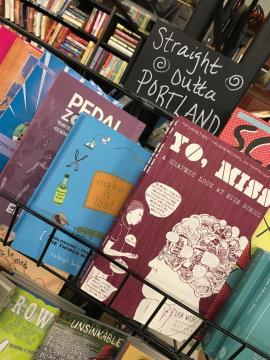 1. What’s the story of Main Street Books? When and why did it start and what’s it’s role in the community?
1. What’s the story of Main Street Books? When and why did it start and what’s it’s role in the community?
Main Street Books is celebrating their ten year anniversary in March of this year. The owner, Val Stadick, started Main Street Books in 2006 in a location that was about 1/3 of the size of their current location. This year, in their tenth year, Main Street Books was proud to receive the Minot Daily News Reader’s Choice Award for best Bookstore in Minot beating out the large mall store chain competition for the award. Go Main Street!!
2. How did we meet? Was it through the WhyNot Fest? And how the Microcosm shelf at Main Street Books come to be? You’re the only store we know of that devotes a whole display to us—we’re very flattered! And we also wonder if it’s something that we should encourage other bookstores to do, or if it works for you because of the particular cultural mix that is Minot.
We were introduced to Microcosm Publishing through the WhyNot Fest and some participants involved in the WhyNot who were also large supporters of the bookstore. In particular, one of our staff, Lindsey B. who is now attending an out of state University, loved the selection of Microcosm titles so much so that she suggested putting all of them on a single display. We feel that this not only celebrates the uniqueness of the publisher, but also of Main Street Books.
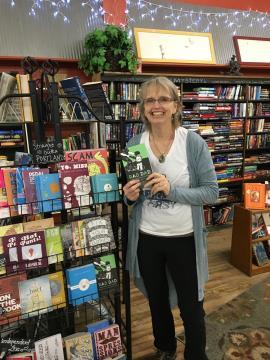 3. What’s your favorite Microcosm book?
3. What’s your favorite Microcosm book?
I have always carried and loved Rad Dad. It’s a great title to handsell any newbie dad and to say ‘Hey! Fatherhood is cool and can be fun. Embrace it and be the best dad possible.”
4. Minot is at the heart of the North Dakota oil boom… do the fluctuations in the local economy (and water levels) affect the types of books that Minot residents tend to read? Are there other trends that you notice as the area changes and grows?
I don’t think it does—current oil prices are causing an out-migration more than growth. In the beginning we saw mostly younger single men or men without their families moving to the area—catering to families during this early growth wasn’t much of a boon to our business. Later the families followed the men and it was exciting for us to see new people in town that weren’t in the Air Force. I love diversity and this is a positive that the oil boom brought to Minot. It also offered families who had lost nearly everything in the economy a fresh start which brought a positive spin to the oil boom. I heard lots of stories from families being grateful to have a roof over their head and a place to call home again.

Hurray! This profile of Main Street Books in Minot, ND is part of our 20th Birthday Celebration of Independence! Customers take note: If you buy two of our books from Main Street or any other indie bookstore during the month of February 2016 and send us a pic of your books + receipt, we’ll send you a Microcosm logo t-shirt!
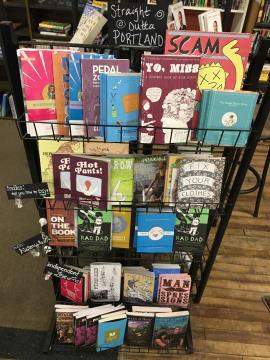
 I wrote a book that I, personally, absolutely loved and felt like it represented everything about me as a person and as a writer. I submitted the hell out of that manuscript. After 68 rejections (too personal, too raw, too dark, too taboo, etc.), I just put the manuscript away and worked on other books. Two years later, I submitted an essay to a contest. The editor loved my essay (which won!), and emailed me asking if I had a manuscript. The one I was working on at that time wasn’t ready yet. I remembered the first book I wrote—the one I loved, the one that defined who I was when I wrote it. I thought, “What the hell? Why not send it?”. I sent it. She loved it. Nine months later it was published. I had found the right editor at the right time and presented to her the right manuscript, and
I wrote a book that I, personally, absolutely loved and felt like it represented everything about me as a person and as a writer. I submitted the hell out of that manuscript. After 68 rejections (too personal, too raw, too dark, too taboo, etc.), I just put the manuscript away and worked on other books. Two years later, I submitted an essay to a contest. The editor loved my essay (which won!), and emailed me asking if I had a manuscript. The one I was working on at that time wasn’t ready yet. I remembered the first book I wrote—the one I loved, the one that defined who I was when I wrote it. I thought, “What the hell? Why not send it?”. I sent it. She loved it. Nine months later it was published. I had found the right editor at the right time and presented to her the right manuscript, and  In 2014 at the Pacific Northwest Booksellers Association (PNBA) trade show, as Microcosm was debuting Erik Spellmeyer and Jamie Floyd’s
In 2014 at the Pacific Northwest Booksellers Association (PNBA) trade show, as Microcosm was debuting Erik Spellmeyer and Jamie Floyd’s 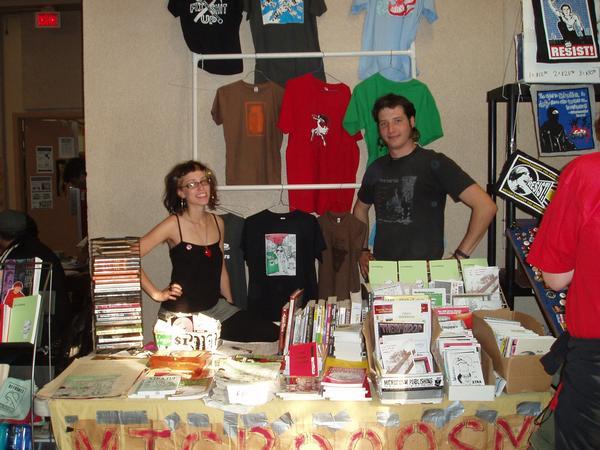 In 2007 while Microcosm was at the Bay Area Anarchist Book Fair, a couple approached our table during the last hour minutes of the final day. They pawed around through our displays for a few minutes and then, looking concerned, before finally asking “Hard times, huh?”
In 2007 while Microcosm was at the Bay Area Anarchist Book Fair, a couple approached our table during the last hour minutes of the final day. They pawed around through our displays for a few minutes and then, looking concerned, before finally asking “Hard times, huh?” 

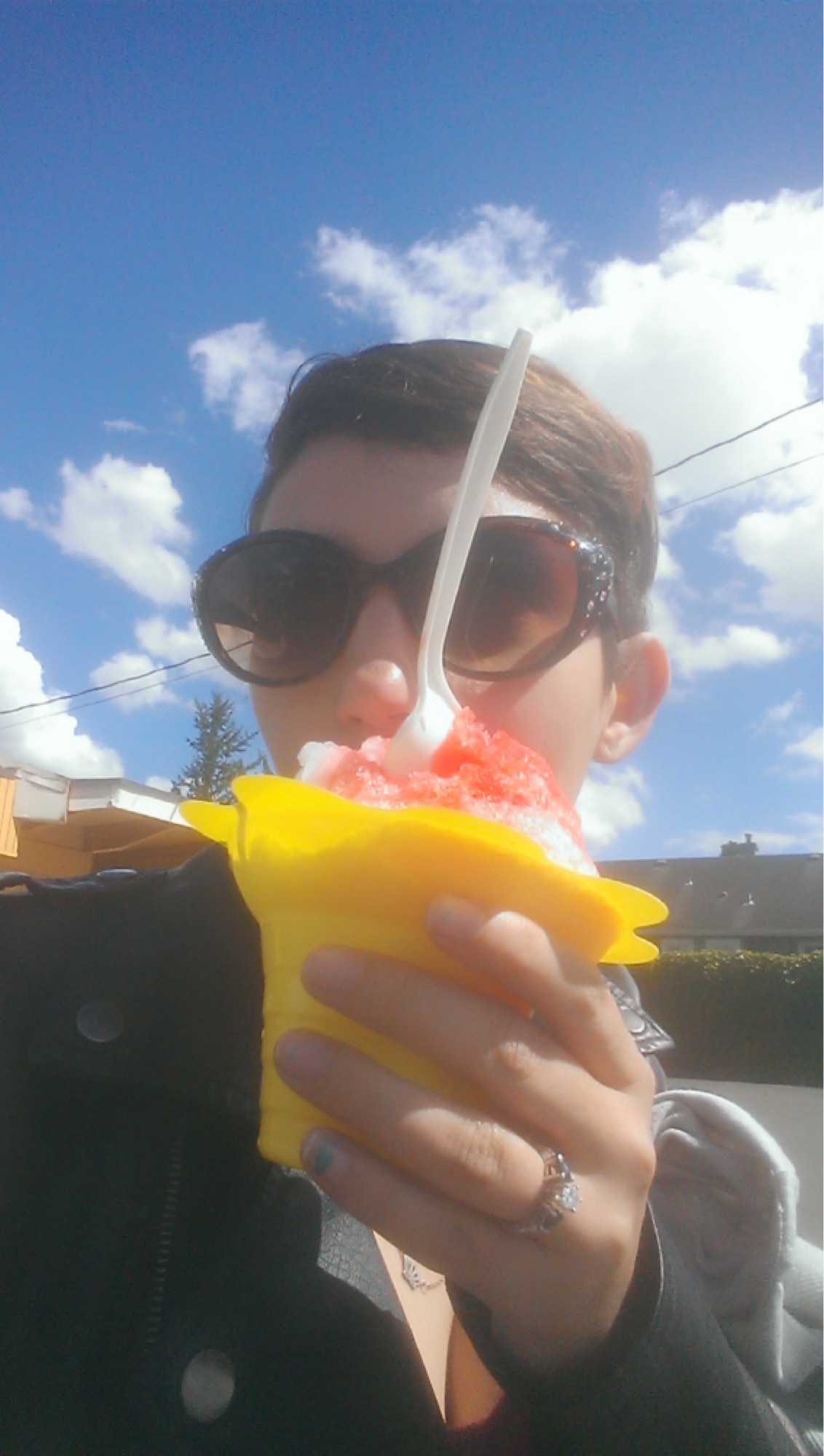 1. What do you do at Microcosm? What parts of the work you do here (and used to do as an intern) are the most entertaining?
1. What do you do at Microcosm? What parts of the work you do here (and used to do as an intern) are the most entertaining?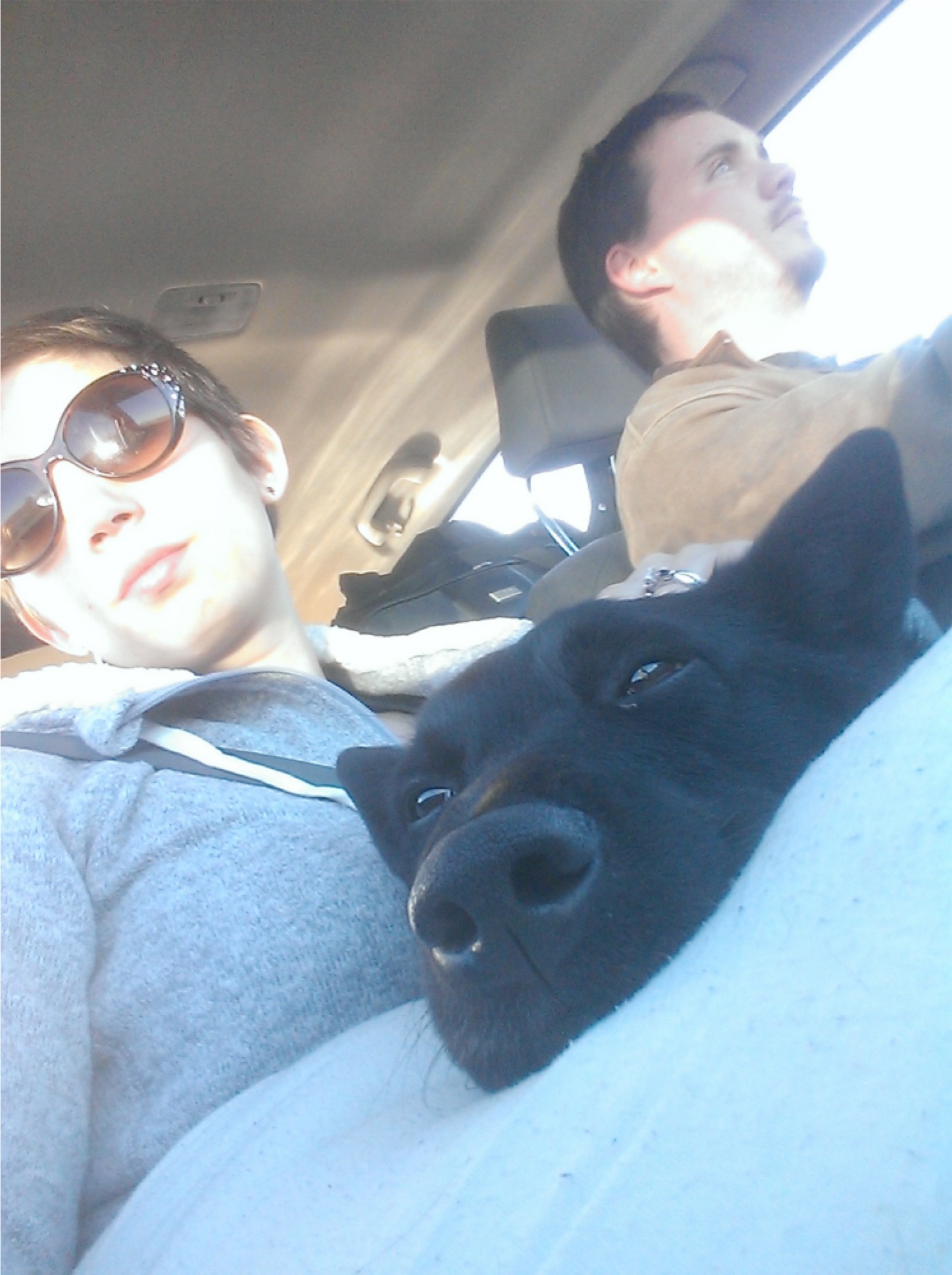 4. Favorites!
4. Favorites! Once upon a time Microcosm was located in a church basement on Ivy Street. We had two and later three adjoining offices. We had a lockable accordian-style door that sectioned off the crawl space under the stairs and a few shelves for warehouse storage. We added a separate room across the building when the boxes were stacked so densely that we could not add one more. We filled every inch of our office and its closets with boxes and then I began filling up my basement at home. When there was indisputably no more room and the landlord raised the rent, it was time to go. We lived holed up in various staff members’ basements and a series of too-small walk-in locations from 2007 until 2010 when we dumped it in all in a big drafty industrial building and signed a deal with a trade distributor to warehouse about 50% of our books.
Once upon a time Microcosm was located in a church basement on Ivy Street. We had two and later three adjoining offices. We had a lockable accordian-style door that sectioned off the crawl space under the stairs and a few shelves for warehouse storage. We added a separate room across the building when the boxes were stacked so densely that we could not add one more. We filled every inch of our office and its closets with boxes and then I began filling up my basement at home. When there was indisputably no more room and the landlord raised the rent, it was time to go. We lived holed up in various staff members’ basements and a series of too-small walk-in locations from 2007 until 2010 when we dumped it in all in a big drafty industrial building and signed a deal with a trade distributor to warehouse about 50% of our books.  So eventually we found a solution that would work: a fence. Within the height limits and distance from the sidewalk, a fence can create a little privacy and allow for more storage. So over the past 18 months we’ve been steadily under construction and hopefully as a result, we should have enough room for the next two years. This process has forced us to be much more careful about what we publish and how many copies we print. We’ve been teetering close to our tipping point for many years but often that tension can be energizing rather than collapsing.
So eventually we found a solution that would work: a fence. Within the height limits and distance from the sidewalk, a fence can create a little privacy and allow for more storage. So over the past 18 months we’ve been steadily under construction and hopefully as a result, we should have enough room for the next two years. This process has forced us to be much more careful about what we publish and how many copies we print. We’ve been teetering close to our tipping point for many years but often that tension can be energizing rather than collapsing. 
